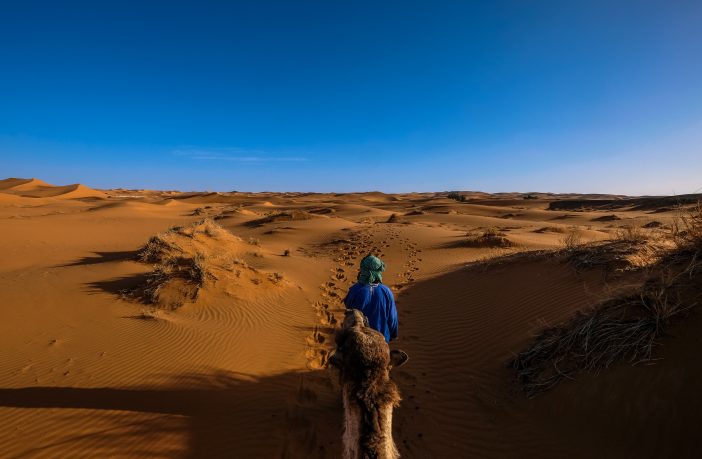- The Desert to Power Initiative aims to develop and provide 10GW of solar energy by 2025 and supply 250 million people with green electricity.
- The project has been outlined as part of the Paris Agreement climate change talks at COP24 in Katowice, Poland this week.
- The Sahel region stretches across the south-central latitudes of Northern Africa between the Atlantic Ocean and the Red Sea incorporating 13 countries
Solar projects stretching across the Sahel region are expected to connect 250 million people with electricity by tapping into the region’s abundant solar resource. Having a semi-arid climate, the Sahel region stretches across the south-central latitudes of Northern Africa between the Atlantic Ocean and the Red Sea incorporating 13 countries.
The details of the Desert to Power Initiative have been outlined as part of the Paris Agreement climate change talks at COP24 in Katowice, Poland this week. Energy poverty in Africa is estimated to cost the continent 2-4% GDP annually, according to the African Development Bank (AfDB), which is leading the project.
The initiative aims to develop and provide 10GW of solar energy by 2025 and supply 250 million people with green electricity including in some of the world’s poorest countries. At least 90 million people will be connected to electricity for the first time, lifting them out of energy poverty.
Currently, 64% of the Sahel’s population – covering Senegal, Nigeria, Mauritania, Mali, Burkina Faso, Niger, Chad, Sudan, and Eritrea – lives without electricity, a major barrier to development, with consequences for education, health and business. By harnessing the exceptional solar resource in the region, AfDB and its partners hope to transform the region.
Magdalena J. Seol in the AfDB’s Desert to Power Initiative said: “The project will provide many benefits to local people. It will improve the affordability of electricity for low-income households and enable people to transition away from unsafe and hazardous energy sources, such as kerosene, which carries health risks.
Construction of the project will also create jobs and help attract private sector involvement in renewable energy in the region.
The project has been launched in collaboration with the Green Climate Fund, a global pot of money created by the 194 countries who are party to the UN Framework Convention on Climate Change (UNFCCC), to support developing countries adapt to and mitigate climate change.
The programme is designed to combine private sector capital with blended finance. “If you look at the countries that this initiative supports, they’re the ones who are very much affected by the climate change and carbon emissions from other parts of the world,” underlined Seol.
She added: “Given this, the investments will have a greater effect in these regions, which have a greater demand and market opportunity in the energy sector. Women are usually disproportionately negatively affected by energy access issues. Providing a secure and sustainable electricity creates a positive impact on gender issue as well.”
Author: GBA News Desk/ESI Africa Guest Contributor
This article was originally published on ESI Africa and is republished with permission with minor editorial changes.















